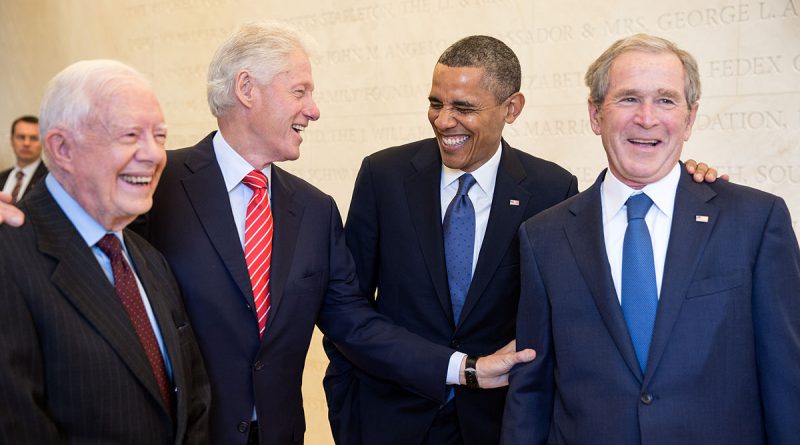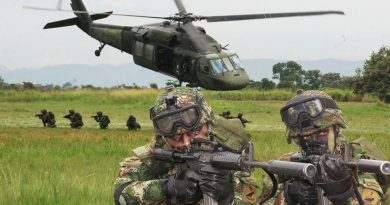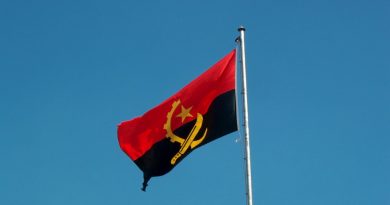10 Things to Read about US Presidential Transitions
1. Preparing to be President on Day One (2008)
Harrison Wellford, having advised President-elects and nominees on Presidential transition planning for over 20 years, draws from his personal experience to reveal the most important elements of the process, as well as the most critical errors.
2. White House World: Transitions, Organization, and Office Operations
Edited by Martha Kumar and Terry Sullivan, this 2003 volume offers insider’s knowledge on operations in the White House, the role of its more critical offices, and on George W. Bush’s presidential transition.
3. Barack Obama and North Korea: A Study in Presidential Transition
This 2010 study, by Curtis Martin, tries to add to transition literature by using Obama’s policy toward North Korea’s nuclear program as a study case, arguing that the Administration was reasonably successful in designing a coherent strategy.
4. Interest Groups and Presidential Transitions
In this 2011 article, Heath Brown proposes that the involvement of interest groups in the Presidential transition process is defined by their relationship with the new Administration, and the policy changes whose implementation is likely to occur.
5. Unscheduled Presidential Transitions: Lessons from the Truman, Johnson, and Ford Administrations
Written by James King and James Riddlesperger Jr., this 1995 work looks into three Vice-presidents who were sworn into office upon the death or resignation of their predecessors. Confronted with difficulties that President-elects typically do not face, the authors defend that success in these instances depends on their previous involvement with the Administration, and their swiftness to deliver continuity in policy.
6. Assessing a Presidential Transition: Bill Clinton’s Inaugural Year
In their 2012 article, Earl Walker and Al Lovvorn study Bill Clinton’s first year in office, assessing the success of the transition through the application of two criteria: nimble governance, and shrewd implementation of the administration’s agenda.
7. Nomination and Confirmation of Presidential Appointments: Select Elements and Issues
Casey Wade’s 2014 work examines how Presidential appointments requiring Senate approval are filled during a presidential transition, in light of recent steps taken by the Congress to speed up that process.
8. Before the Oath: How George W. Bush and Barack Obama Managed a Transfer of Power
This 2015 book, by Martha Kumar, is based on a series of interviews conducted by the author to senior advisors of George W. Bush and Barack Obama, and discloses how the two teams worked together to support the new President, comparing the study case with examples from past transitions.
9. Presidential Transitions
This 2010 book chapter, authored by James Pfiffner analyses the American Presidential transitions that have occurred in the second half of the 20th century, focusing on their growing complexity and exploring key elements for their success.
10. Managing Foreign Policy and National Security Challenges in Presidential Transitions (2008)
Kurt Campbell and James Steinberg emphasize that past transitions incurred into many of the same mistakes, and explain that the best examples of success have come from Administrations with well-defined priorities, and that resolved old quarrels through compromises, in order to move swiftly to the new agenda.
US President Barack Obama meeting with former Presidents George W. Bush, Bill Clinton, and Jimmy Carter, in 2013, Photo by Pete Souza / public domain
![]() This work is licensed under a Creative Commons Attribution-NonCommercial-ShareAlike 4.0 International License.
This work is licensed under a Creative Commons Attribution-NonCommercial-ShareAlike 4.0 International License.




